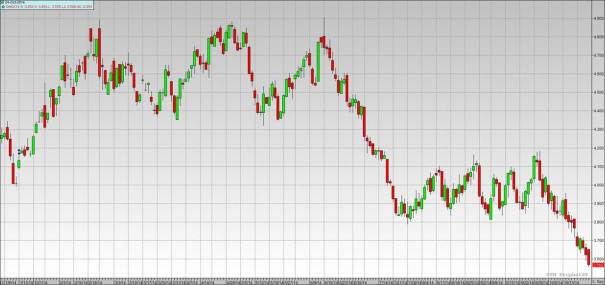After notching gains in the prior session on short-covering, the November gas futures contract was down 5 cents to $3.56/MMBtu early Friday as it continues to probe fresh 11-month lows on the spot continuation chart even after the U.S. Energy Information Administration reported Oct. 23 a smaller-than-expected 94-Bcf injection to natural gas storage for the week ended Oct. 17.
On the demand side, most grid operators anticipate firm to higher load at the start of the new workweek Oct. 27 amid returning business-related demand coming off the weekend.
In the South, load in ERCOT will likely see highs at 44,133 MW on Friday and 45,518 MW at the return of the workweek. In the West, California ISO demand should near 30,540 MW on Friday and 27,931 MW on Oct. 25, but should rebound on Oct. 27 as full industrial and commercial demand recovers at the start of the new business week.
Further out, updated midrange weather maps reflect the prevalence of average to above-average temperatures that should usher in limited demand, with lower high temperatures and higher low readings associated with this time of the year expected to generate little in the way of cooling load or space-heating requirements.
The National Weather Service outlook for the six- to 10-day period shows average temperatures lingering over portions of the Northwest and Midwest, accompanied by above-average temperatures elsewhere in the country. Looking ahead to the eight- to 14-day period, average temperatures are seen shifting to be contained over the bulk of the Northwest, much of the Pacific and a tiny patch of the west-north-central U.S., while above-average temperatures are projected to blanket a large portion of the Southwest and nearly the whole of the country’s eastern two-thirds.


